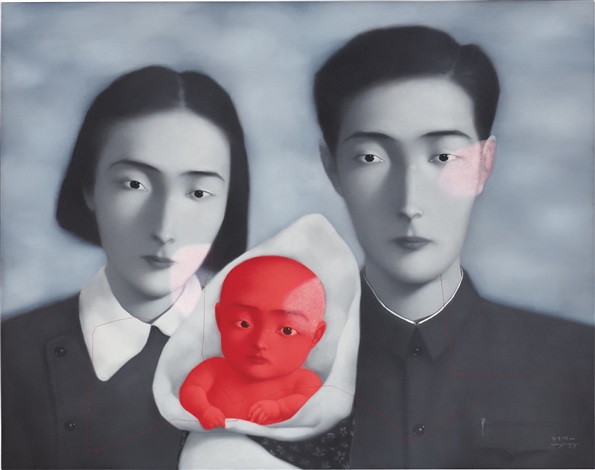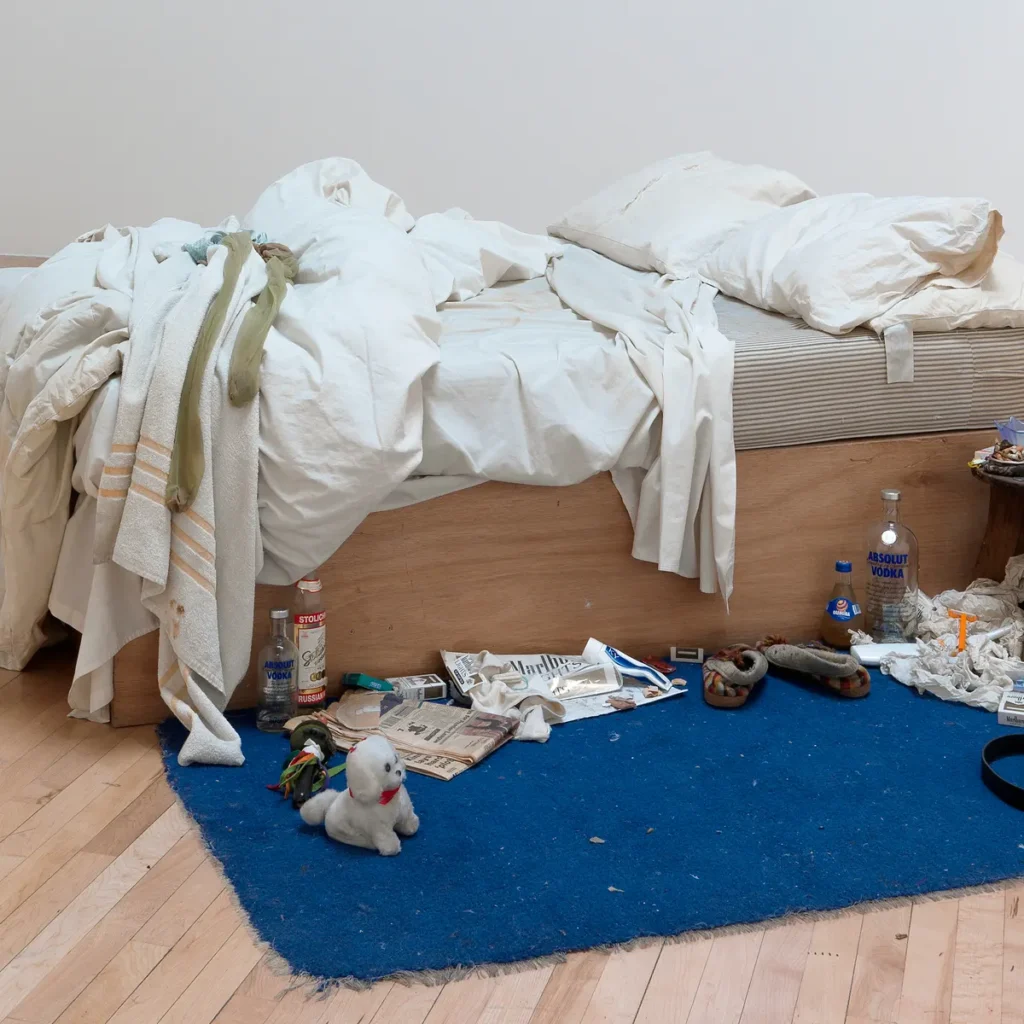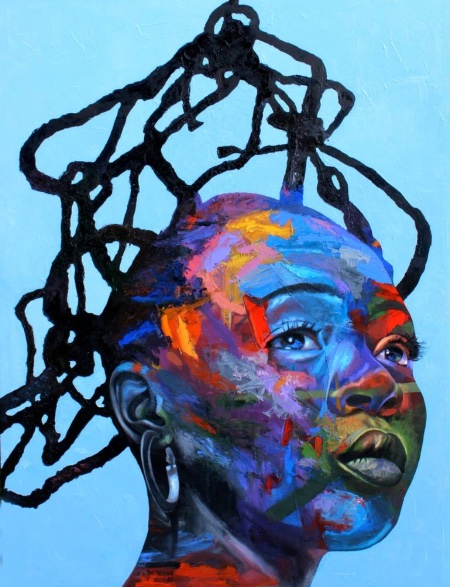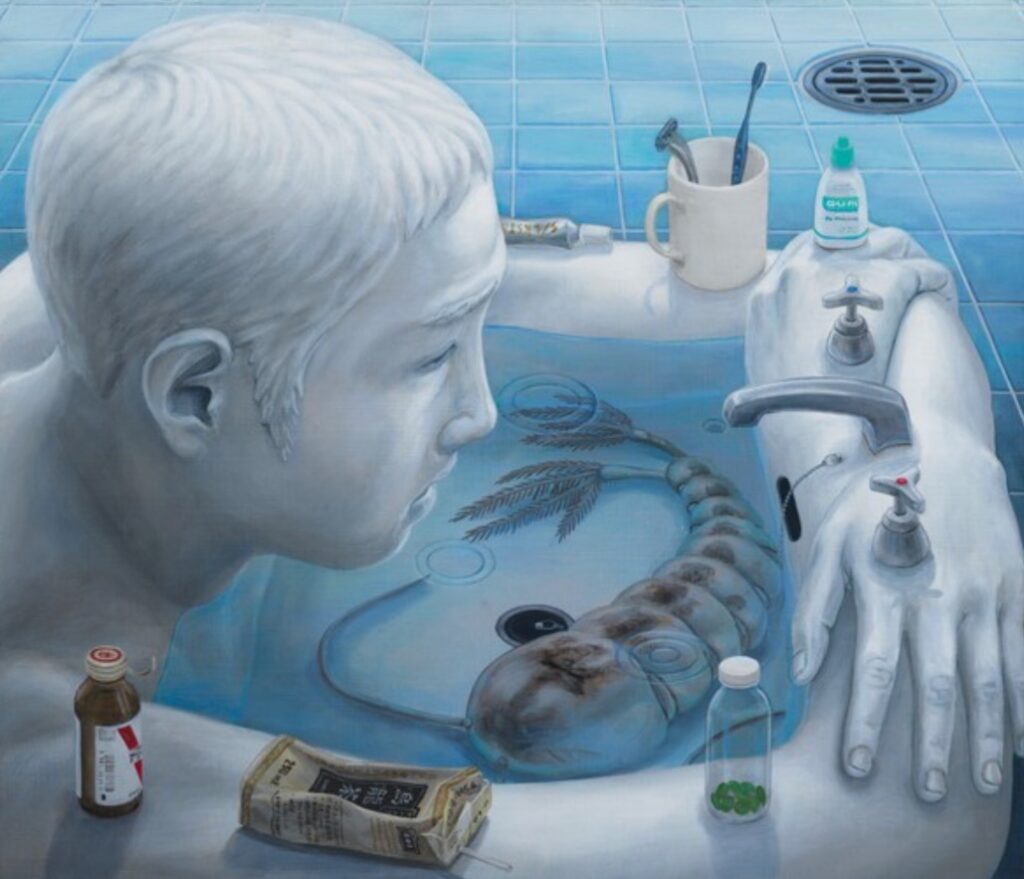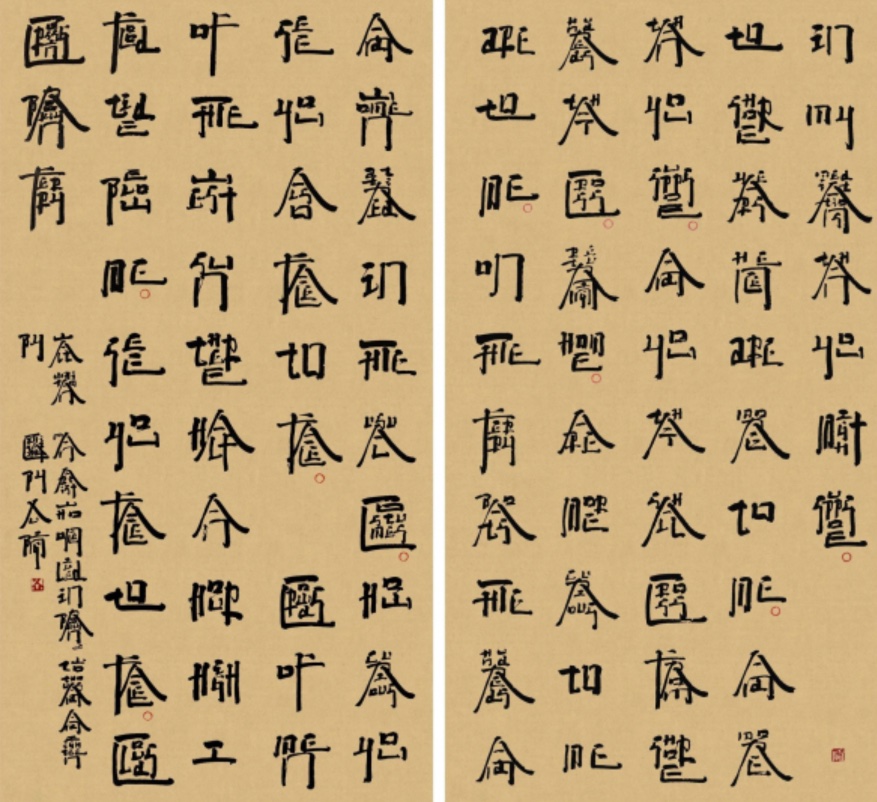'Egregore' In Almagul Menlibayeva's Photography
by
Priyasha Brahma
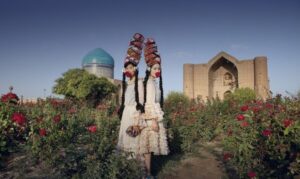
Almagul Menlibayeva’s photography and video work address acute issues of central Asian modernity, casting a critical and contemporary eye on post-Soviet social and political transformation while reviewing the role of women, mythology and culture. She describes her work as exploring the ‘egregore’ (a shared feeling or sentiment that arises from the thoughts of a culture) of Central Asian identity and revitalising it into ‘an active entity, just like a creature itself’.
Common themes in her work include inversion and juxtaposition. For example, in the ‘Bodyguards of Yassavi II’, (above) she highlights the motif of gender by contrasting the femininity of massed, camine roses with the masculine beiges and smooth geometry of classical Islamic architecture. Furthermore, she creates conflict between the allure of ‘the perfect woman’, with the bold, male title of ‘Bodyguard’. Additionally, her use of predominantly female models in her photographs demonstrates the importance of women as guardians -and advancers- of ancient customs and lore.
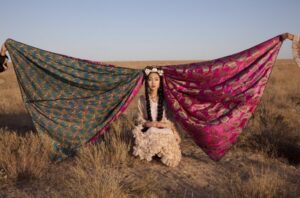
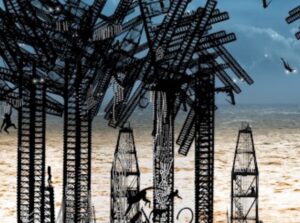
Inspired by Suprematism, she also emphasises the importance of geometry. In the video still ‘The Butterflies of Aisha Bibi’ (above), careful symmetry in the drapes of indigenous fabric imbues the picture with vivid life. This rigidity is again contrasted with the immense precision of detail, in this photo highlighted by the jewellery and subtleties in the stance of the subject.
However, the most skilful aspect of her work is her ability to fluidly translate modern hardships into beautiful photographs. The ‘Caspian Palms’ print (above) was inspired by an ancient myth, where the Palms were a miraculous oasis built from the blood of Titans. Menlibayeva contrasts a bold, frighteningly black oil rig with a crepuscular desert. This picture unflinchingly captures the degradation of not only the environment but also society- rather than the inhabitants being blessed out of sacrifice, they have regressed into caged, primitive forms.
The same themes of (Soviet) misuse can be seen in the ‘Altar of The East.’ The object of this photograph is ‘The Button’ of Cold War dread- the control panel for detonating nuclear weapons. Here, Menlibayeva cynically analyses Soviet colonialism and its powerful, destructive consequences.
Overall, Menlibayeva’s art successfully fuses ancient Kazakh culture with modern techniques to create timeless pieces that inspire interest in both the past and unrelenting future of Central Asia.



